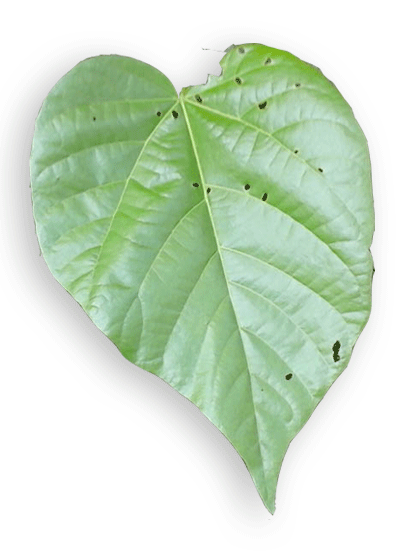
Family • Tiliaceae / Malvaceae
Malibayo
Berrya cordifolia (Willd.) L.Laurent
TRINCOMALEE WOOD
Liu chi mu
| Scientific names | Common names |
| Berrya ammonilla Roxb. | Anobrang (Ilk.) |
| Berrya cordifolia (Willd.) L.Laurent | Malibayo (Tagalog) |
| Espera cordifolia Willd. | Pagot-ot (Mindanao) |
| Hexagonotheca cordata Turcz. | Pakpak-balang (Tag.) |
| Triopterys poliandra Blanco | Halmalille wood (Engl.) |
| Halmilla tree (Engl.) | |
| Trincomalee wood (Engl.) | |
| Trincomali wood (Engl.) | |
| Berya cordifolia is an accepted species. KEW: Plants of the World Online | |
| Other vernacular names |
| CHINA: Liu chi mu. |
| FRANCE: Faux teck, Teck du pays. |
| INDONESIA: Kalong, Ketapang baluh, Sepat. |
| MALAYSIA: Inchong perlis. |
| MYANMAR: Mai-long, Petwun. |
| TAMIL: Samulai, Chamu'lai, Tiriconamalai maram. |
| THAILAND: Liang man. |
| OTHERS: Saraladevadaru, Kattamanakku, Jati mulyo, Inchong perlis, Hpekwoon, Gilat, Dok leung. |
Botany Berrya cordifolia is a tree growing up to 18–27 m tall, with a trunk girth 2–11⁄2 m. Bole, 9–11 m long, is clean and carries a much-branched deciduous crown. Leaves are ovate, deeply heart-shaped at base, often long-pointed, hairy when young. Leaf blade is 6–25 cm long, carried on a 2–10 cm long stalk. Buds are spherical. Inflorescence is a congested panicle, at end of end of branches or in leaf axils.
Constituents Properties Studies Availability |
May 2023
![]()
 |
| PHOTOS / ILLUSTRATIONS |
| IMAGE SOURCE: Photograph: Berrya cordifolia fruits and seeds / Roger Culos / CC BY-SA 3.0 Unported / click on image to go to source page / Wikimedia Commons |
| OTHER IMAGE SOURCE: Illustration: Berrya cordifolia / Govindoo - Beddome, RH (1869-1873) / The Flora Sylvatica for souther India. Vol 1 / Public Domain / Wikipedia |
OTHER IMAGE SOURCE: Berrya cordifolia Leaf (modified) / Copyright © 2015 by Roel Dahonog (contact: [email protected]) [ref. DOL94172] / Non-Commercial Use / click on image to go to source page / Phytoimages.siu.edu |
Additional
Sources and Suggested Readings |
α•(5) |
DOI: It is not uncommon for links on studies/sources to change. Copying and pasting the information on the search window or using the DOI (if available) will often redirect to the new link page. (Citing and Using a (DOI) Digital Object Identifier) |
PHOTOS / ILLUSTRATIONS |
| List of Understudied Philippine Medicinal Plants |
α•(5) |
 |




